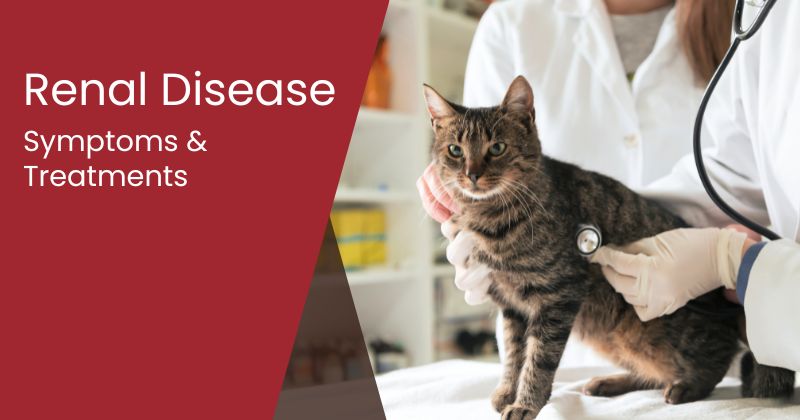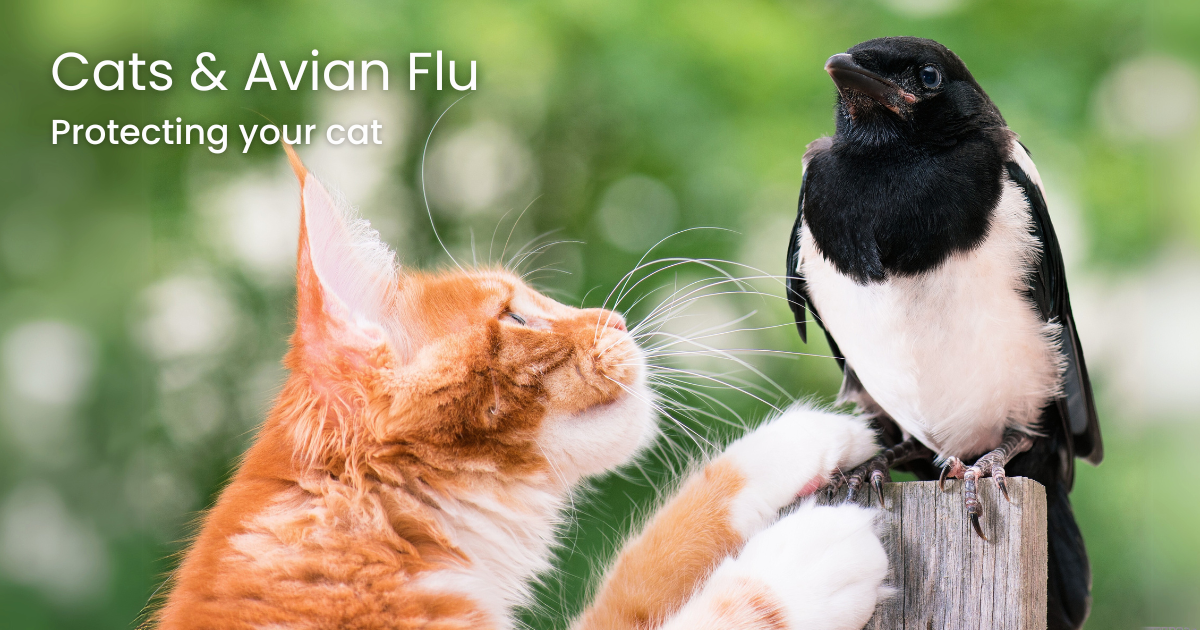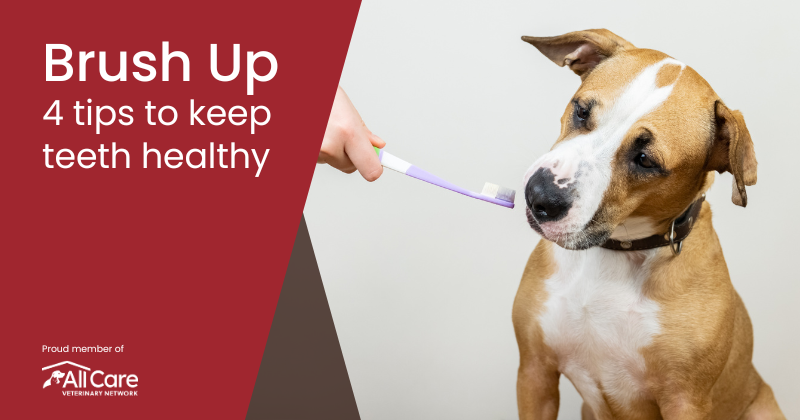
Renal disease, commonly known as kidney disease, is a significant concern for many cat owners. It’s a condition that affects the kidneys’ ability to filter waste from the bloodstream, which can lead to a variety of health issues. Since the kidneys play a vital role in regulating essential functions in your cat's body, understanding the symptoms and available treatments can help you manage the disease effectively. In this blog, we’ll explore the symptoms of renal disease in cats, treatment options, and when it’s important to seek veterinary care. If you’re concerned that your cat might have renal disease, call Wellspring Animal Hospital at (770) 385-8181 or request an appointment today.
Renal disease in cats refers to the gradual loss of kidney function. There are two main types of renal disease: acute and chronic. Acute kidney disease often develops suddenly due to infections, toxins, or blockages. Chronic kidney disease (CKD), on the other hand, progresses over time and is much more common in older cats. Cats' kidneys filter toxins and maintain fluid balance, so when these organs aren't functioning properly, it can lead to a buildup of waste in the body. While kidney disease can’t always be cured, early detection and management can improve your cat's quality of life.
Renal disease in cats often progresses slowly, which makes it important for cat owners to recognize early signs and symptoms. The symptoms can vary depending on the stage of the disease but typically include:
Diagnosing renal disease in cats typically involves a series of tests to determine how well the kidneys are functioning. If your veterinarian suspects that your cat may have kidney disease, they will perform a thorough physical exam and recommend the following diagnostic tests:
These diagnostic tools allow your veterinarian to accurately assess your cat’s kidney function and stage the disease, which is critical for developing an effective treatment plan.
While renal disease in cats can’t be cured, it can be managed with the right combination of treatments. The treatment plan will depend on whether your cat has acute or chronic kidney disease and the severity of their condition. Here are the most common treatment approaches:
Managing renal disease in cats requires long-term commitment and careful monitoring. There are several ways you can support your cat’s health and comfort at home:
If you notice any of the symptoms of renal disease in your cat or if your cat has already been diagnosed and their condition seems to worsen, reach out to your veterinarian. The sooner we can diagnose renal disease, the more effective treatment can be to help slow the progression of the disease and improve your cat’s quality of life. Wellspring Animal Hospital is here to provide compassionate care for your cat’s health needs. Call us at (770) 385-8181 or request an appointment to discuss your concerns and ensure your cat is on the best path to managing their renal disease.
.png)

